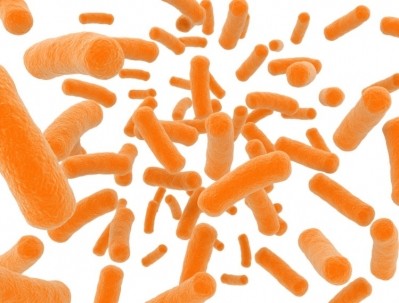Perseus Biomics and Zeiss pact to develop optical way to map microbiome

The agreement looks to develop Perseus Biomics’ MAP platform, the Brussels-based start up’s technology that focuses on microbiome abundance mapping with possible applications towards personalisation.
Perseus Biomics also looks to draw upon Zeiss’ knowledge in the development, manufacturing and marketing of optical and photonics systems, as well as the accompanying quality measuring technology.
“We are pleased to announce this Partnership with ZEISS, and we see it as a formidable opportunity to accelerate the development and launch of Perseus MAP platform,” says Walid N. Hanna, executive chairman of Perseus.
“We have assembled a first class scientific and R&D team that ambitions to revolutionise microbiome analysis, making it faster, more precise and more affordable.
“Access to ZEISS technology expertise in optics and its global market reach will be critical in the success of Perseus,” adds Hanna.
The most common method to record microbial populations within a certain microbiome is by culturing them under laboratory conditions. However, this method has its limitations as most species are unculturable.
Newer approaches for identification look to sequencing, where a target is usually a marker gene on the genome (like the 16s ribosomal DNA) that is amplified.
This technique is not perfect though as amplification can introduce biases in the sample, skewing abundance measurements. This approach also groups together species that share the same amplification gene.
Sequencing whole genome
Other techniques involve sequencing the whole genome of all the species in the microbiome. However, common sequencing techniques cannot deliver long sequence-reads and high-throughput having to rely on reading the genome in small, abstract fragments, usually less than 1000 bases in length.
Optical mapping aims to complement the information derived from DNA sequencing by providing long-range context on which these short sequence reads can be built.
This is commonly achieved by using an enzyme to target and change short DNA sequences of, for example six bases in length throughout the genome.
By precisely putting these short sequence pieces onto long genomic DNA fragments, up to several millions of bases in length, a framework for sequence assembly can be gained.
“The microbiome is a field of strong research interest with the potential to fundamentally change our understanding of living systems,” says Gerrit Schulte, head of ZEISS Ventures. “It has substantial implications for medicine, agriculture and other areas.
“Abundance analysis of the microbiome is one key element of this research and Perseus’ innovative optical technology has the potential to enable it at a new level.
“The investment is a way of consistently implementing our strategy in the field of Advanced Sensor and Data Solutions.”
Firms in mapping space
European firms involved in the mapping of the human microbiome are few and far between with most of the research and development happening within academic institutions.
Paris-based France Genomique is one such project bringing together four main French public research organisations: Atomic Energy Commission (CEA), French National Centre for Scientific Research (CNRS), National Institute of Agricultural Research (INRA) and the National Institute for Health and Medical Research (INSERM).
The France Genomique infrastructure uses a number of sequencing and bioinformatics platforms in a consortium coordinated by the CEA.
It integrates at the national level complementary and renowned competence in genomic analysis (sequencing/genotyping and bioinformatics analyses) to attract national (public or industrial research) and international projects.
Further afield, US-based company Nabysys offers optical mapping methods to analyse and obtain long DNA molecules at high velocity and resolution.
Founded in 2005 and headquartered in Providence, Rhode Island, the firm closed on a €18.4m ($21m) equity round led by Hitachi High-Technologies Corporation back in October 2019.
Other US-based firms in this space include Bionano Genomics and One Codex.















